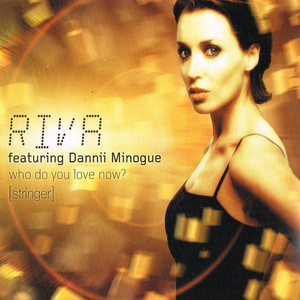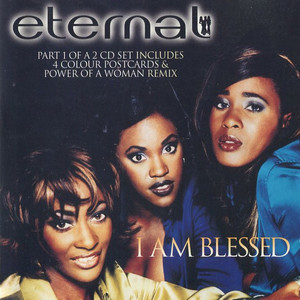Released: 1st December 2003
Writers: Andy Hill / Thomas Hill
Peak position: #9
Chart run: 9-25-37-35-41-51-71-68
D-Side might have arrived late to the boyband party, but some things never go out of fashion. Real World was their obligatory ballad for the festive season; however, times were changing, and this was a distinctly mature, altogether un-Christmassy affair.
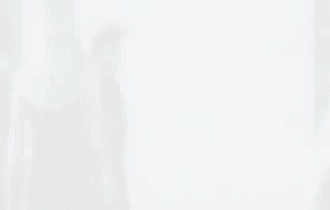
As maudlin ballads go, Real World is bleak. Really bleak. This was entering the era of pop music where we were really into talking about our ‘feelings’ and while it wasn’t on our radar at the time, the emo genre was experiencing a resurgence in popularity and about to go mainstream. D-Side might not have had a lot in common with those acts, but thematically and lyrically you can certainly draw some parallels with the direction that the charts were heading. It’s not like heartbreak was a new topic for boybands to sing about, but the difference here is that the song is more grounded in reality (which is quite appropriate given the title). It’s a desolate, desperate attempt to reach out to a former love.

Real World as a whole song is much greater than the sum of its parts. It’s a slow-burn; and while it still has a clearly defined verse/chorus structure, they run very fluidly into one another to the point where the only real indication that the song has reached a chorus is because the title of the song starts popping up more frequently in the lyrics. There’s a real subtlety in the way that Real World gradually builds up the orchestration; a range of instruments are featured (in the credits, at least). Certainly, when you scrutinise the song closely, you start to notice brass and string riffs added to the latter verses and choruses, where they were absent earlier in the song. It’s remarkably subtle layering though. At least, until the middle-eight, because that is the moment where Real World – and the orchestra – announce their arrival.

The song suddenly shifts from sombre, bluesy slow-jam to a growing sense of urgency: “Friends tell me I must not look back, there are silver rails just ahead on the track, and my stars say I’m getting over the fact that you’re gone”. The production starts to swell, the vocal becomes a little more scratched with angst, and the section concludes with some pounding drums to accentuate the dramatic melody. Things are changing, both lyrically and musically. We’ve gone up a key, but it’s much more than that. The chorus now feels like a proper chorus; it’s unmistakable and performed in a completely different way. Each line is drawn out and stretched from the original structure; there’s also a there’s a dual-layered vocal that feels like more than just ad-libs. It’s almost as if two separate performances of Real Word have been brought together and melded into one. They culminate in a brilliant, brilliant moment: “HERE IN…the REAL WORLD, HERE IN…the REAL WORLD, HERE IN…the REAL WORLD, I am LOST without YO-O-O-O-O-O-O-O-HO–OH”. It’s a powerful moment of pop brilliance that feels raw and pained, all the while being neatly punctuated by backing vocals. In the overall scheme of things, this is what Real World has been building up to, and it’s so worth the wait. Indeed, it wouldn’t have had nearly as much impact had the song rushed to the point.

That’s not even the end of the song; having truly shattered the ceiling of boyband angst, the song then drifts somewhere between the two extremes and lilts to a conclusion. It’s almost an opportunity for D-Side to riff with the song, with some impressive falsetto included for good measure. However, it’s the closing ad-lib of: “Now that you’re G-O-O-O-O-O-O-O-NE” that stands out. It’s delivered to the point of the vocals cracking with emotion; it feels almost unrehearsed and is the very antithesis of the polished boyband veneer that we’ve come to expect. It’s a bit of a shame that the music video (and presumably the radio edit) opted to omit
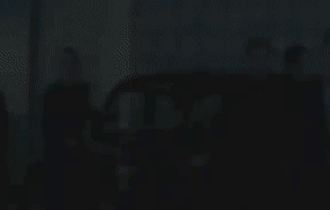
The music video for Real World is a fairly simple affair; we quite like the concept of the group walking against a crowd, presumably to signify a sense of loss and isolation as the hordes of extras appear oblivious to their presence. It’s a shame a bit more wasn’t done with that, and perhaps even more importantly, there’s your concept for the Invisible video right there! The bright – almost painfully so – white aesthetic might normally create a heavenly, ethereal presence, but here it feels almost clinical and cold; which feels right for the song. That’s then flipped for shots where the background is completely black, while the lighting on the group makes them look pale and ghostly, like tormented spirits. The visual look of Real World most certainly matches the sound. That said, we sort of wish by this point that D-Side had been given some more creative video concepts, or at least an opportunity to show more of themselves as a group. As nice as the visuals are individually, in the context of an album campaign, it was starting to feel that D-Side could have been better represented than a series of will-this-do efforts. That’s not to fault the band’s commitment; they work with what they’ve got. But they perhaps could have been given a little more to sink their teeth into.
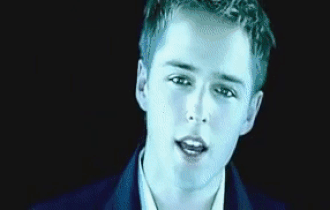
And the sense that D-Side were being treated as a bit of an after-thought continued. Real World became their third consecutive top-ten single; which is an impressive feat considering the difficulties that boybands – indeed, pop music in general – were starting to experience in terms of commercial appeal. That’s on top of the fact that this is by no means an ‘obvious’ hit single. Attention would thus turn to the release of D-Side’s debut album: Stronger Together. Curiously, it was released well over a month after Real World, which by that point had left the Top 40. On the one hand, it would have been incredibly ambitious to try and release the album before Christmas, but on the other, leaving it so long meant any hype generated by the single had waned. Which probably explains why it debuted and peaked at #62. Still, D-Side had a consistent form in terms of their singles, so things weren’t entirely beyond salvage. Well, in theory at least. Unfortunately, it took about six months for anyone to decide what to do next…


